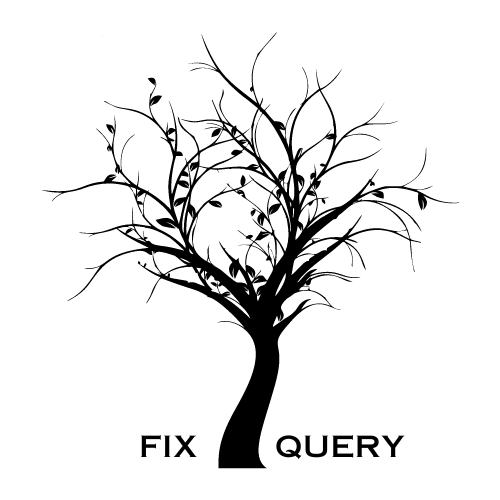Learn More About Government Schemes, eShram Stakeholders List, Importance, Significance, And Other More Information
India’s economic engine hums on the tireless efforts of millions of informal workers. From skilled artisans and street vendors to construction laborers and agricultural workers, this vast and diverse workforce contributes significantly to the nation’s growth.
However, due to the unorganized nature of their work, they often lack access to social security benefits and vital welfare schemes. The eShram initiative aims to bridge this gap, and its success hinges on the collaboration of a diverse group of stakeholders.
eShram Stakeholders List Guide
Launched in 2021 by the Ministry of Labour and Employment (MoLE), eShram is a national program that provides a unique digital identity (eShram Card) to unorganized workers in India. This virtual ID, linked to an Aadhaar number, acts as a one-stop platform for accessing various government benefits and social security schemes. It empowers informal workers by bringing them within the ambit of formal systems.
eShram Stakeholders List
The eShram initiative isn’t a solitary effort – it thrives on the active participation of various stakeholders. Here’s a breakdown of the key players shaping the program:
- Ministry of Labour and Employment (MoLE): As the leading force behind eShram, MoLE spearheads policy development, program implementation, and stakeholder coordination. They ensure smooth registration processes, establish partnerships with other ministries, and oversee the overall success of the initiative.
- Ministry of Electronics & Information Technology (MeitY): MeitY plays a vital role in developing and maintaining the eShram portal. They ensure the platform’s technical robustness, security, and user-friendliness. Additionally, they contribute to creating awareness about the program among the target population.
- National Informatics Centre (NIC): NIC serves as the technical backbone of eShram. They are responsible for the development, maintenance, and upgradation of the eShram portal and associated databases. They also work with state governments to ensure seamless integration with existing IT infrastructure.
- State/UT Governments: State and Union Territory (UT) governments are crucial partners in reaching out to the vast and geographically dispersed informal workforce. They play a critical role in:
- Creating Awareness: Disseminating information about eShram through local channels like village meetings, radio announcements, and local media.
- Registration Facilitation: Setting up registration camps in villages, towns, and public spaces to assist workers in registering for the eShram Card.
- Benefit Delivery: Collaborating with central government agencies to ensure smooth delivery of benefits to registered workers within their jurisdictions.
- Line Ministries/Departments of Central Government: Several central government ministries hold schemes that can be accessed through the eShram Card. These include:
- Ministry of Health and Family Welfare (MoHFW): Schemes like Pradhan Mantri Jeevan Jyoti Bima Yojana (PMJJBY) and Pradhan Mantri Suraksha Scheme (PMSS) can be linked to eShram for wider reach.
- Ministry of Skill Development and Entrepreneurship (MSDE): Skill development programs and upskilling initiatives can be targeted towards eShram Card holders to enhance their employability.
- Ministry of Rural Development (MoRD): Schemes like Mahatma Gandhi National Rural Employment Guarantee Act (MGNREGA) can leverage eShram data for better worker management and benefit disbursement.
- Employees’ Provident Fund Organisation (EPFO) & Employees’ State Insurance Corporation (ESIC): While these organizations have their own social security schemes, they collaborate with eShram to ensure proper data exchange and avoid duplication of efforts for workers who might transition between formal and informal sectors.
- Trade Unions and Worker Associations: These organizations play a crucial role in:
- Grassroots Mobilization: Reaching out to informal workers at the local level, educating them about the eShram Card and its benefits, and mobilizing them to register.
- Advocacy: Representing the concerns and needs of informal workers to the government and ensuring their voices are heard in policy decisions related to eShram.
- Common Service Centres (CSCs): CSCs serve as crucial touchpoints for offline registration in rural and remote areas. They assist workers who may lack access to internet facilities or require help navigating the registration process.
- Financial Institutions: Banks and other financial institutions can leverage eShram data to offer tailored financial products like micro-loans and insurance schemes to registered workers, promoting financial inclusion.
This is all about eShram Stakeholders List
Click Here To Know More About eShram Stakeholders List
Click Here To Know About Official License Website
[eShram Stakeholders List, eShram Stakeholders List, eShram Stakeholders List, eShram Stakeholders List, eShram Stakeholders List]
